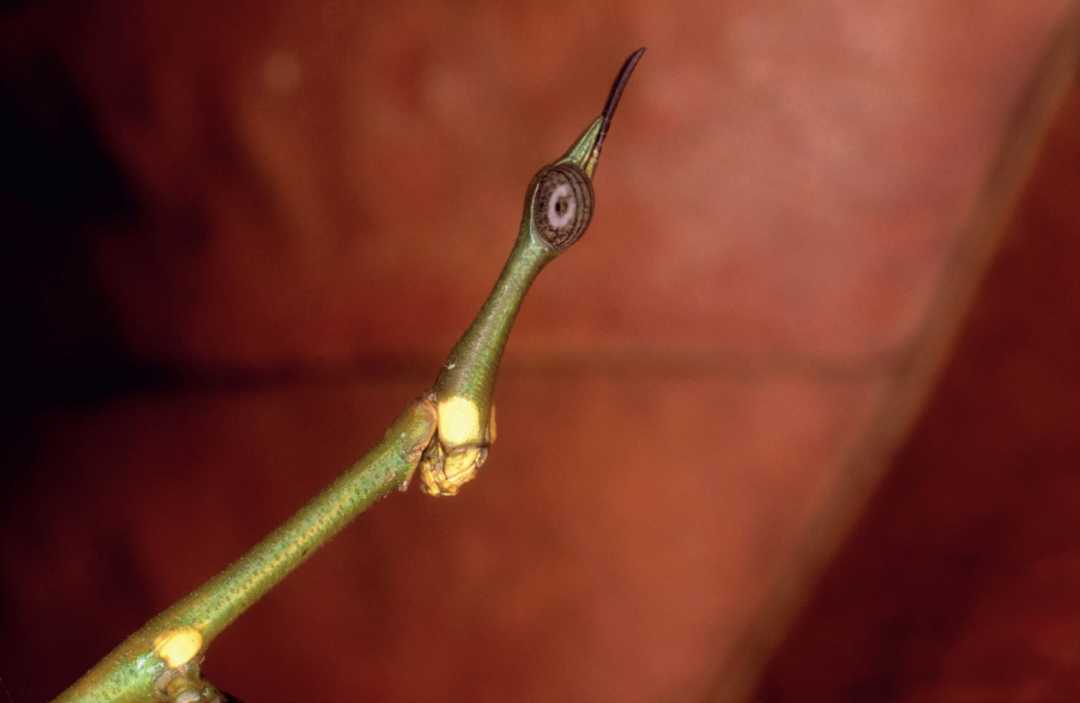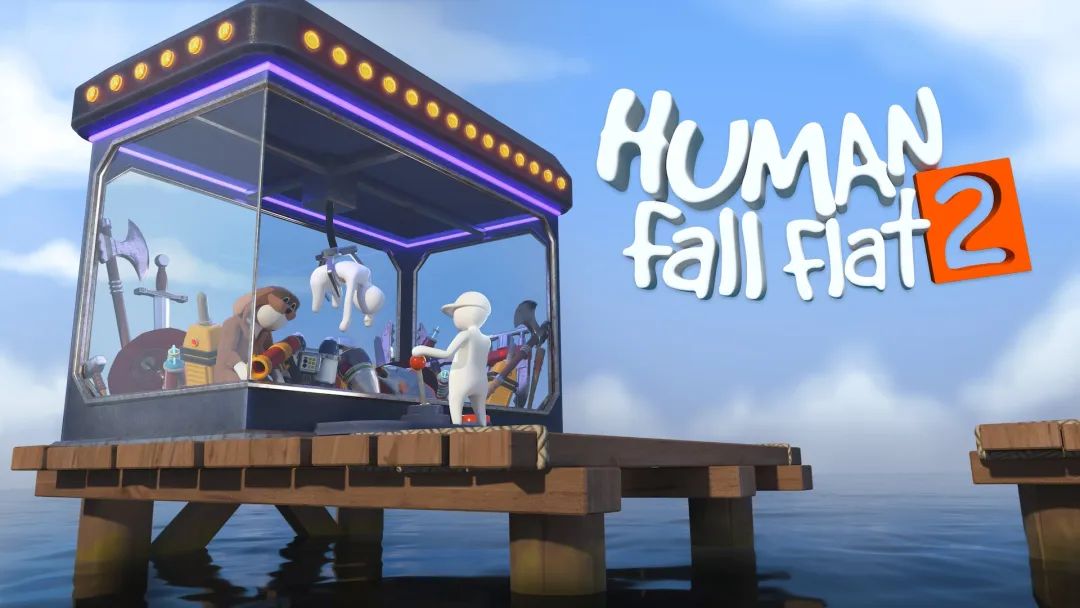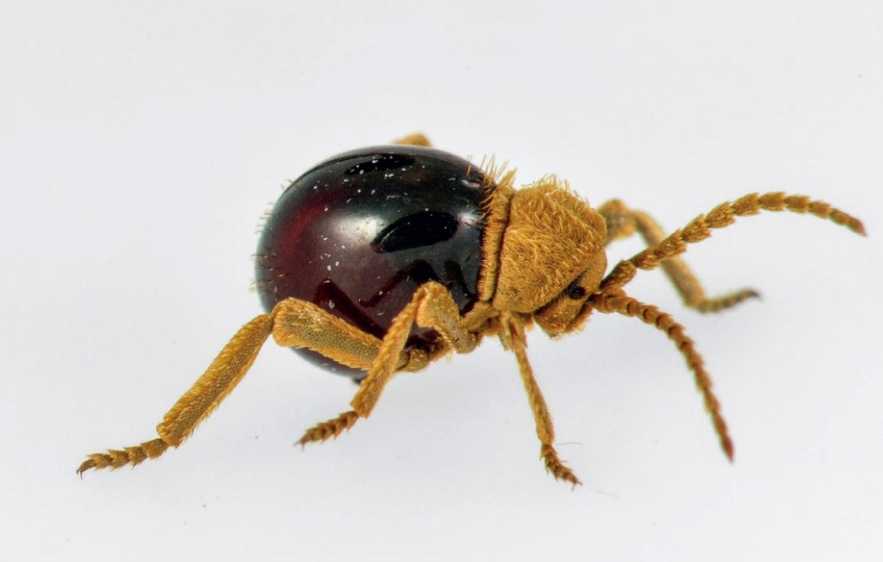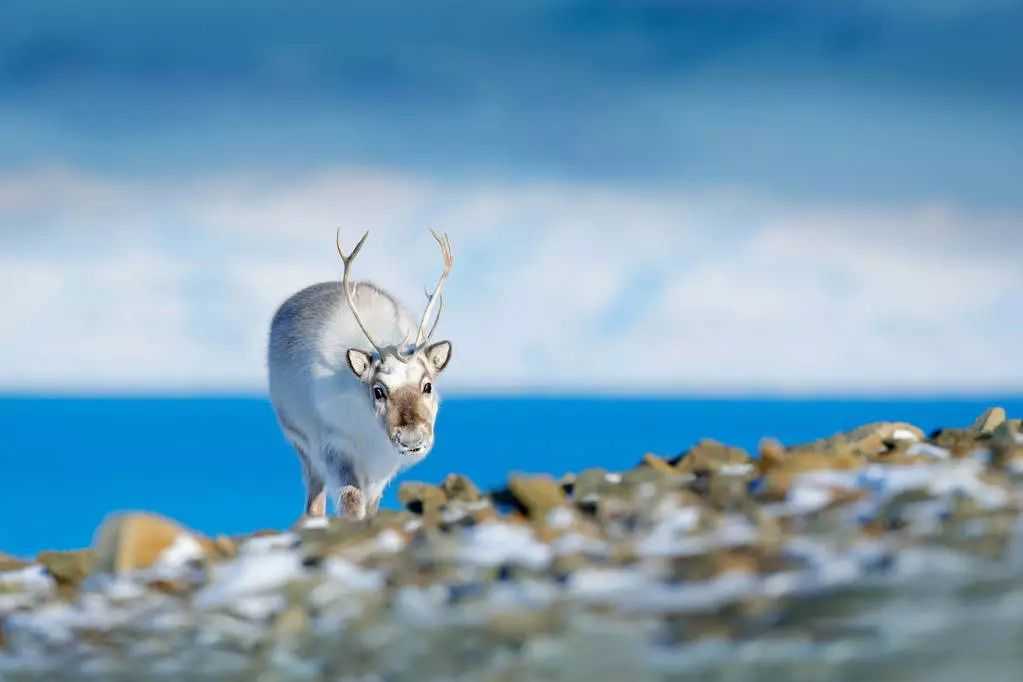
The Amazon region of South America serves as a haven for Proscopiidae, commonly known as horsehead grasshoppers. At first glance, these insects bear a striking resemblance to stick insects, with elongated bodies and spindly legs that help them blend into forest foliage. But their most distinctive feature is the bulbous, horse-like shape of their heads, giving them a comical appearance that evokes smiles—some even say their clear, beady eyes and awkward posture resemble beloved childhood classmates.
Horsehead grasshoppers belong to a family of orthopterans that have evolved unique morphological traits. Their head structure, while amusing, may serve as a form of camouflage or mimicry, confusing predators by breaking up their body outline. Like stick insects, they often remain motionless during the day, relying on their twig-like bodies to avoid detection. At night, they become more active, feeding on leaves and plant matter while showcasing their quirky gait and endearing "facial expressions."
In the dense Amazonian rainforests, these grasshoppers play a subtle role in the ecosystem, serving as prey for small reptiles and birds while contributing to plant pollination and decomposition. Their whimsical appearance has endeared them to entomologists and nature enthusiasts alike, who marvel at how evolution can produce such playful designs. For anyone lucky enough to spot a horsehead grasshopper in the wild, the encounter is a reminder that the Amazon’s biodiversity includes not just majestic giants, but also charming, oddball creatures that spark joy with their comical looks.





